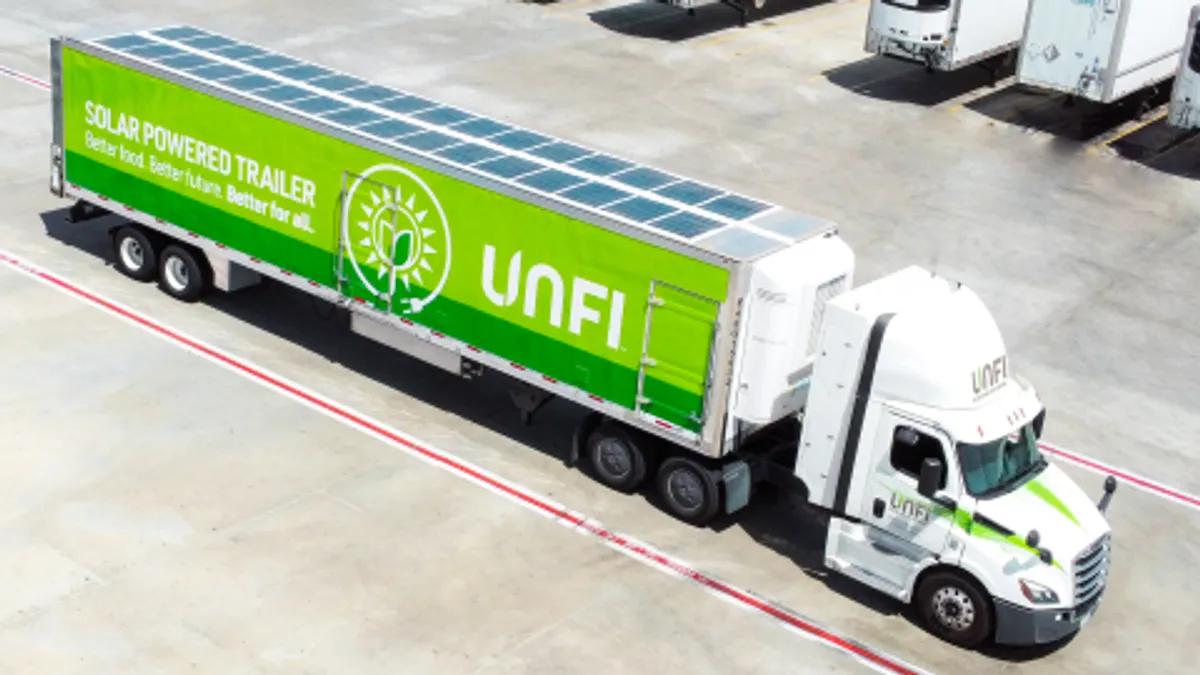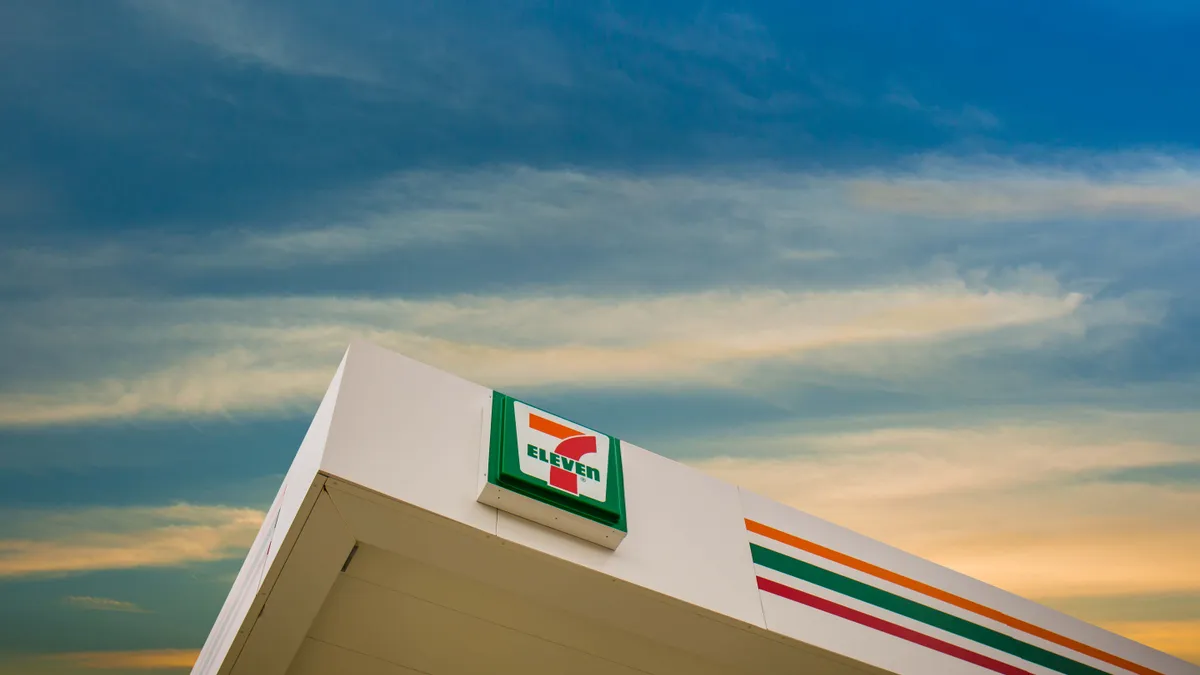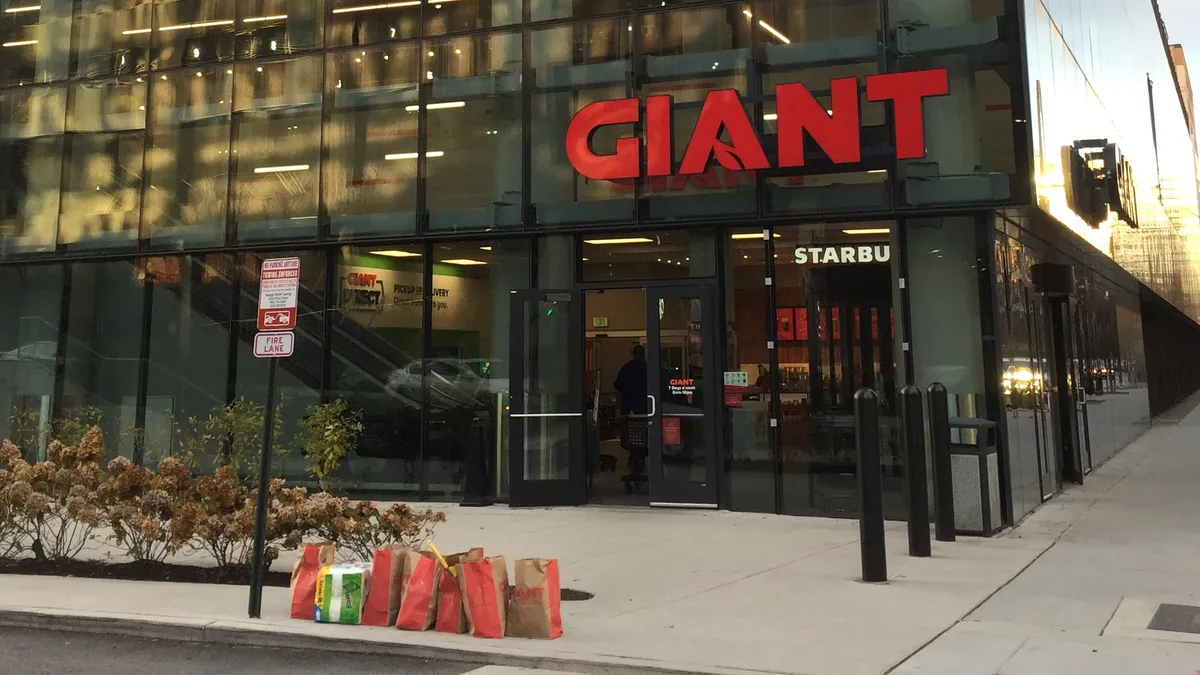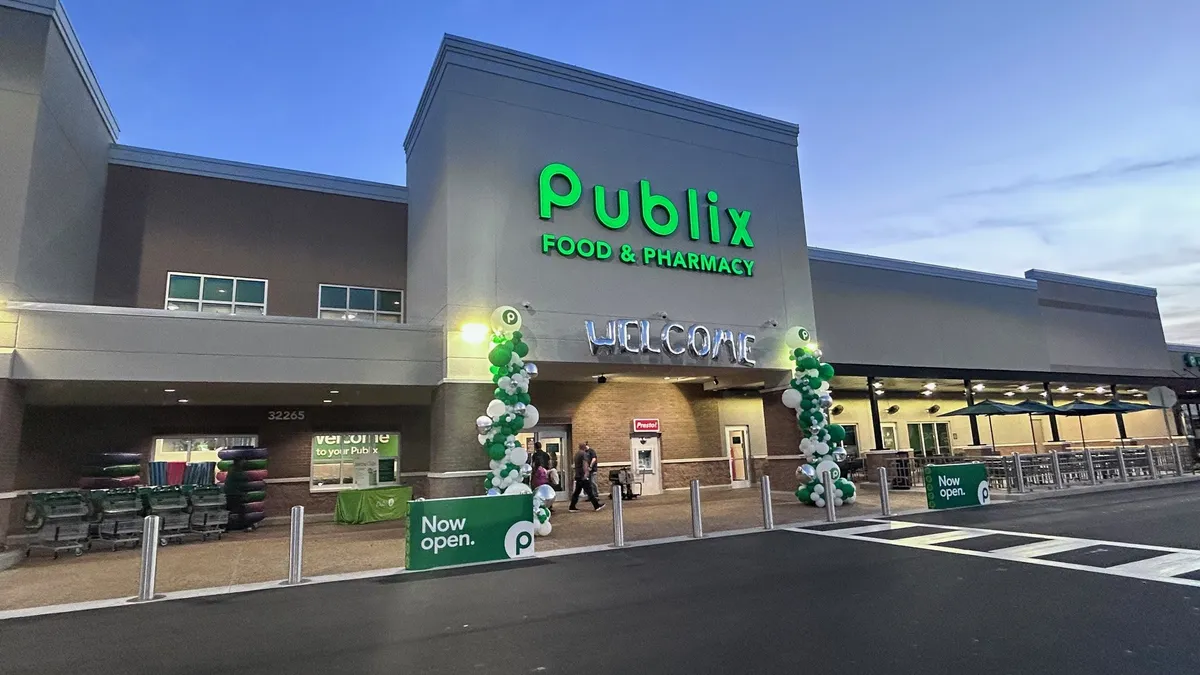Take a walk down the grocery aisle and the packaged products are placed predominantly at eye level. Traditional fare is nestled beside innovative recipes. Grain-free salmon and sweet potatoes. “Smart blends” of chicken and rice. Organics. Food formulated for seniors. Formulas “crafted” in the U.S.
The selection is greater than ever—and these are foods for dogs and cats.
As one of the few areas in the food industry that is growing, more brands are nosing their way in. Traditionally, companies that focused on pet foods ruled the market, but with a booming U.S. pet food industry that was valued at $26.4 billion in 2016 and is expected to be $30 billion by 2022, companies that usually focus on foods eaten by humans want to lap up the opportunities.
Growth in the pet food industry isn’t limited to the U.S. The global pet food market was worth $94 billion in 2017, with a compound annual growth rate of 5% from 2010 to 2017. Compared with retail sales in the packaged food market for people — which was expected to grow only 1.2% in the U.S. in 2017 — it’s no surprise that the pet food industry is particularly attractive. Euromonitor predicts pet food is the only North American food segment that will expand more than an average of 2% in the next five years.
“The pet food market has significantly outgrown the people food market for a long time. That’s why you’ve seen a huge source of growth [through acquisition].”

Jared Koertner
Senior food analyst, Euromonitor
“The pet food market has significantly outgrown the people food market for a long time,” Jared Koertner, senior food analyst at Euromonitor, told Food Dive. “That’s why you’ve seen a huge source of growth [through acquisition]. It’s not necessarily a new trend, but we’re seeing more that are buying brands now.”
Human packaged food companies have been entering the pet market for about 25 years, David Lummis, lead pet market analyst for Packaged Facts, told Food Dive. Even as early as the 1950s and '60s, companies like General Foods, Quaker Oats, Mars, and Nabisco added pet foods as a way to market food byproducts.
But this time is different, Lummis said.
“What is newer is the introduction of specialized ingredients. Senior pet food, functional kinds of pet food,” he said. And instead of being a way to get rid of by-products, marketing pet foods is an opportunity for companies to reinvigorate sluggish overall packaged food sales.
Food brands barking up a different tree?
With its purchase earlier this year of Blue Buffalo Pet Products for $8 billion, General Mills became a big dog in the wholesome natural pet food category.
General Mills isn’t the only big food company making this move. Nestlé, which owns Purina PetCare, dug deeper into the pet food industry with a planned acquisition of Tails.com, a direct-to-consumer dog nutrition business. J.M. Smucker bought Big Heart Pet Brands in 2015, bringing brands like Meow Mix, Milk-Bone and Kibbles ‘n Bits into its family.
This spring, Smucker also bought Ainsworth Pet Nutrition, which includes Rachael Ray's Nutrish dog food. In its most recent earnings report, the company known for its jams and jellies saw 9% sales growth — which solely came from newly acquired pet food brands.
“The pet category is huge and growing, so it represents a great opportunity for traditional food companies,” Joe Toscano, vice president and director of industry relations at Nestlé Purina wrote in an email to Food Dive. “Pet care is an anchor to center store as the No. 2 reason consumers leave the house to go to the store, and it’s also shopped by 75% of U.S. households.”
The millennial disruption to groceries and pets
Ironically, the generation that created challenges in the packaged food aisle is also the one fetching opportunities in pet food.
With a different set of preferences and expectations, millennials demand a new grocery shopping experience for themselves: One that combines convenience, freshness, wholesome ingredients, fewer additives, enhanced nutrition and exotic twists on ingredients and recipes.
Millennials want the same for Fido and Fifi. While people have had pets as companions since dogs were domesticated thousands of years ago, today’s “pet parents” take their responsibility seriously, with millennials seeing their pets as starter children. As doggie play dates, ice cream socials, pet insurance, and pet-friendly restaurants, grocery stores and retailers get to be the norm, pet owners expect their fur babies can have the best.
“The pet category is huge and growing, so it represents a great opportunity for traditional food companies.”

Joe Toscano
Vice president and director of industry relations, Nestlé Purina
“The sharp increase in millennials who own pets has also created new opportunities and challenges in pet nutrition,” Toscano wrote. “At 75,000,000 strong, millennials are not just the nation’s largest living generation, they’re also now the largest pet-owning generation.”
This means the same “better for you” emphasis people have for themselves, they want for their pets. Natural, grain-free and real meat are trends in the premium pet food market, Toscano added.
Finicky consumers = finicky pet food buyers?
As consumers’ demands for what they want in people food continues to evolve, is the same thing likely to happen for pet foods? Consumers may be picky about what they want for themselves and their pets, but are those expectations likely to change?
Pet food trends shift slower than trends in people food, Koerten said.
“There’s a little bit more stickiness on the pet side,” he said. While people can change their eating patterns on a whim, it’s not so easy to do that with pets. Veterinarians usually advise pet owners to make any food changes gradually, since animals may have food allergies or difficulty tolerating frequent changes in diet. When a pet likes a product, the owners are likely to stick with it, Koerten said.
Although food brands for humans face additional competition from private brands, the same isn't true for pet food brands, Koerten says. Penetration for private label pet foods in the premium end is quite small, he said, so brands are less likely to face competition from private labels. Although humans will seek private label alternatives for their own dinner plates, they are still loyal to their brand name pet food products. For pets, as well as baby and children's food, consumers are willing to pay brand-name prices, Koerten said.
“You want the best and are willing to pay that premium,” he said.
There may be more packaged food companies buying pet food brands to sell in the grocery store, Koerten said. As that happens, it will be more convenient for consumers. However, those exclusive brands may lose some of their luster if they’re available everywhere, he added.
The marriage of human packaged foods and pet foods may provide additional synergies to brands, Lummis said. While there may be separate food research for humans versus pets, distribution will no doubt realize benefits of synergies, he said.
“General Mills is entrenched in pretty much every food store and can facilitate the further roll out of Blue Buffalo,” he said.




















